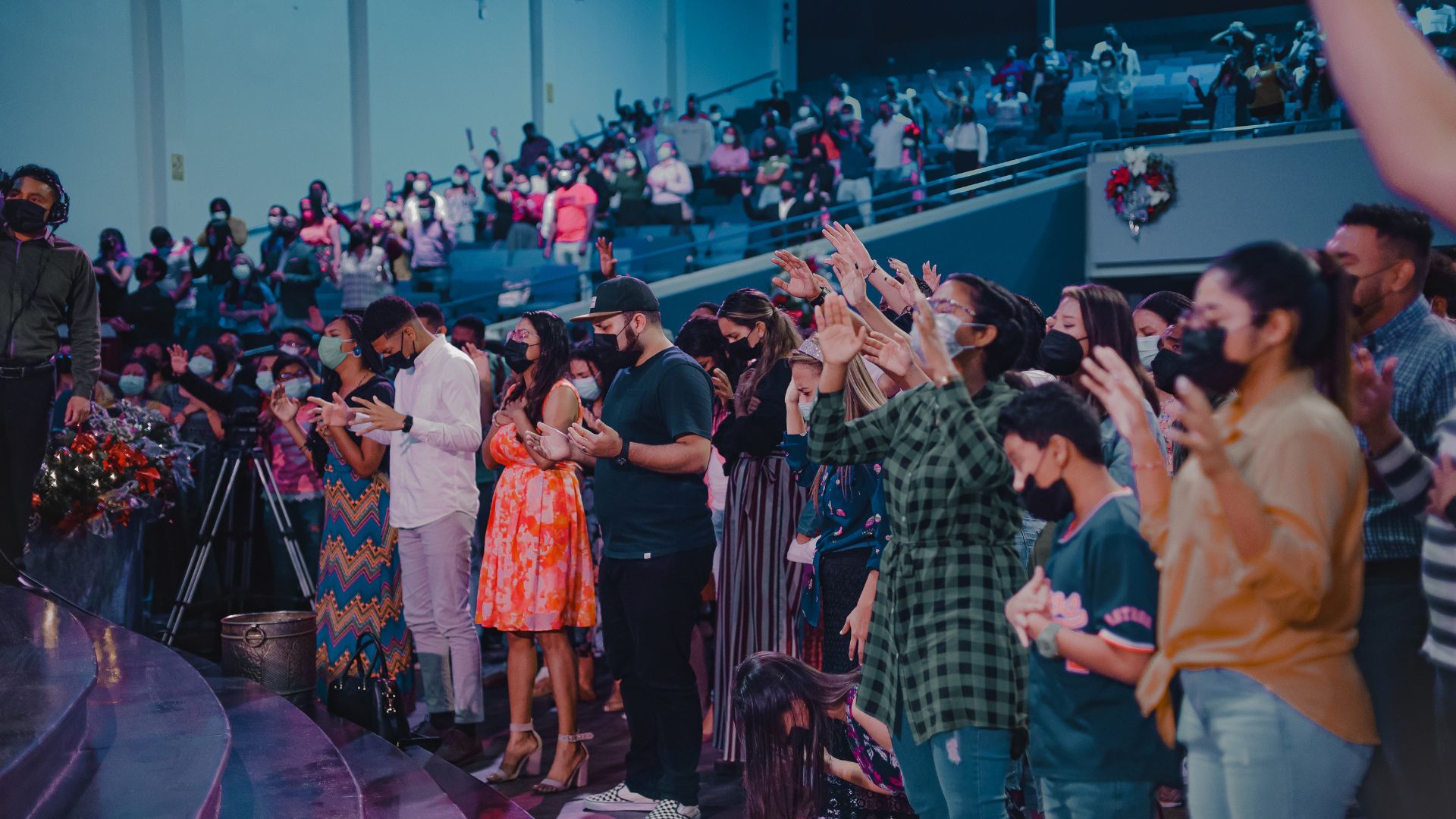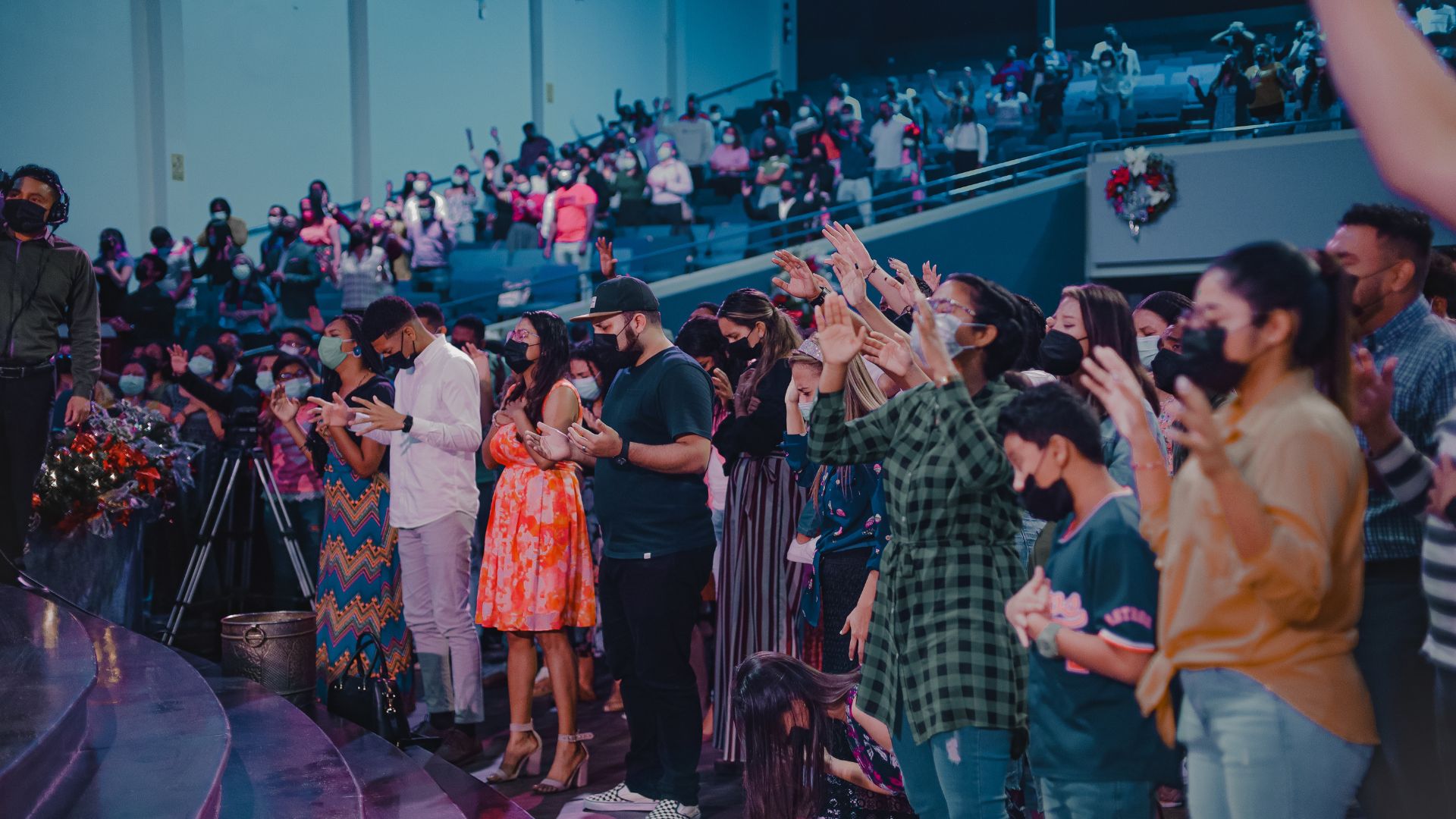Trends in Storytelling: How to Adapt Your Writing for Modern Audiences

Storytelling is an ever-evolving art, and understanding current trends is key to connecting with modern audiences. Over the years, the ways in which stories are told have changed, influenced by shifting cultural, social, and technological landscapes. Today’s readers are looking for more than just entertainment—they seek narratives that reflect the complexities of the world around them. One major trend is the increasing emphasis on diverse voices and experiences. Readers today want to see a variety of perspectives, whether it’s through diverse characters, different cultural backgrounds, or alternative viewpoints on familiar topics. Writers who embrace these differences and represent them authentically will resonate more strongly with today’s audience.

Another trend in modern storytelling is the rise of interactive narratives, especially in digital formats. With the advent of e-books and apps, readers now have the opportunity to influence the direction of a story or explore multiple narrative paths. This type of storytelling allows for a more immersive and personalized experience, engaging readers in ways traditional storytelling cannot. Writers looking to appeal to this audience must adapt by considering how interactivity, multimedia elements, or non-linear structures can enhance their stories. These types of stories can be particularly compelling in genres like fantasy, science fiction, and mystery, where multiple outcomes or alternative realities are already central to the plot.

Furthermore, contemporary readers are drawn to stories that tackle real-world issues. Topics like mental health, social justice, and environmental sustainability are increasingly being integrated into fiction. Writers are finding ways to weave these themes into their narratives, offering thought-provoking commentary while still entertaining their audience. However, these issues are often approached with nuance and complexity, avoiding oversimplified portrayals. Writers must balance the weight of these topics with the emotional journey of their characters, ensuring that the story remains accessible and engaging while also being reflective of important societal concerns.

In addition, there’s a growing demand for stories with strong, multifaceted female characters. Modern audiences are increasingly rejecting one-dimensional portrayals of women in favor of complex characters who defy traditional stereotypes. These women are not merely love interests or secondary characters but are central to the plot, with their own ambitions, flaws, and personal growth. Writers who embrace the development of strong, multifaceted female characters are not only keeping pace with current trends but are also contributing to the evolution of storytelling in literature and beyond. By staying in tune with these trends, writers can adapt their stories to meet the expectations of today’s diverse and discerning audience.





